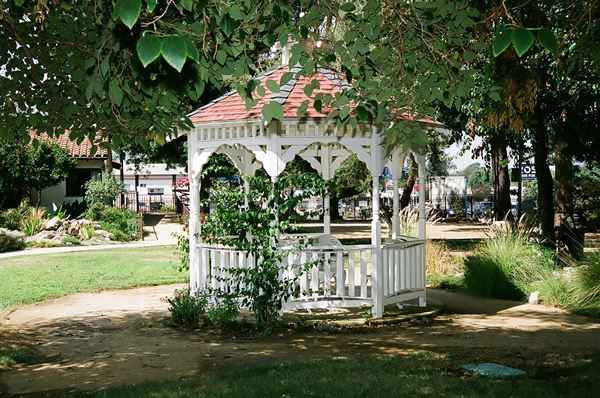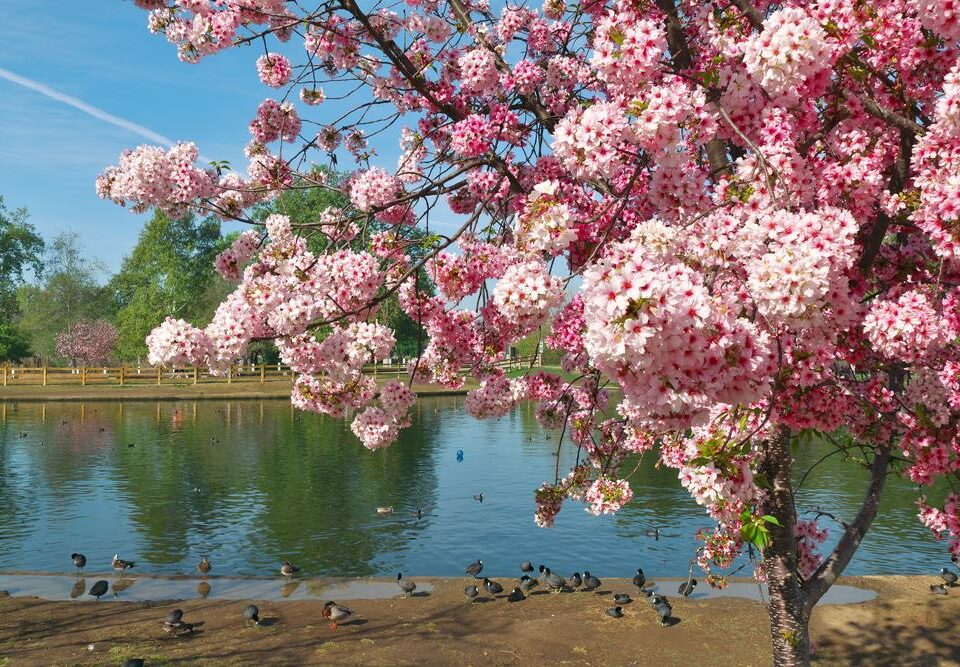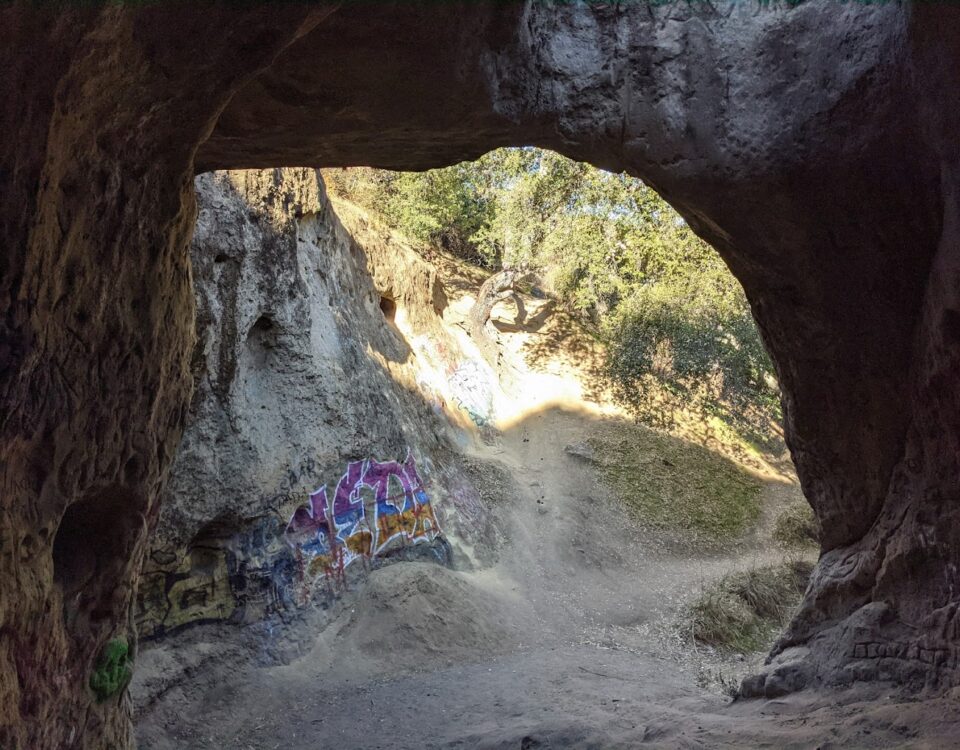
Enjoy the Sepulveda Basin Recreation Area
February 16, 2021
Reseda Park Lake
February 17, 2021Located at the corner of Ventura Boulevard and Balboa Boulevard in Encino, Los Encinos State Historic Park is a state park that preserves buildings from the historic Rancho Los Encinos. The park is a favorite of visitors who want to explore the history of the site. It features a nine-room adobe, a two-story limestone building, a blacksmith shop, a natural spring, and a pond.
The area was once a major stop along the El Camino Real between Mexico and California, thanks to a natural spring that provided a year-round source of water for the Tongva people who lived there. It was also a place where travelers refueled with snacks and drinks, and where Native Americans and settlers built their homes.
A large group of intrepid park staffers and volunteers, as well as many Eagle Scouts, have worked for years to restore the leafy 5.5-acre site. Now, they are nearing completion of the last project: a $115,000 restoration of a 117-year-old bunkhouse that once housed a tavern operated by the brothers who inherited the property in 1886.
Garnier House, which was built in 1873 as a bunkhouse, will become a museum and a visitors center. It will feature exhibits about the history of the ranch, which was once the largest sheep ranch in Southern California.
Exhibits will explain the history of the various owners who have owned this property over the years. They include the Mission Indians, Mexican Californios and French Basque families.
There is a small pond on the grounds that feeds geese and ducks, which are a popular attraction with kids. The pond has been refurbished, and is a great place to picnic or enjoy the birds.
A historical adobe, De la Osa Adobe, is also on the property, which was built in 1849. This adobe is one of the most impressive sights in the park, and has been refurbished for the benefit of visitors.
Another interesting part of the park is the natural spring, which provides a water source for the geese and ducks. The water is very clear and a great place for children to learn about the importance of drinking from clean sources of water.
The park also contains a restored tavern, whose name is Spanish for “place of the oak.” A painting of the tavern was donated by actress Sharon Gless, who was a relative of the owner of the ranch at the time it was seized by the French in 1886.
In addition to the adobe, there is also a reconstructed roadhouse on the property. This was the main place for Basque settlers to gather, including the Garnier brothers who inherited the ranch.
Other buildings on the property include a barn and stable, which are now home to goats and sheep. The rancho was a favored stopping point for the many travelers on El Camino Real, which was used to travel between Los Angeles and Santa Barbara.
A few years ago, a group of archeologists, led by Nancy Whitney-Desautels, discovered a vast settlement of buildings at the site of a former basque village. The artifacts were stored in a warehouse until the developer hired Whitney-Desautels to conduct the excavation.





